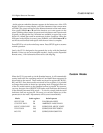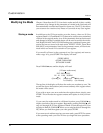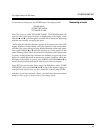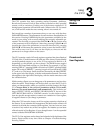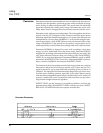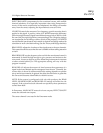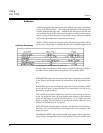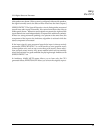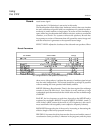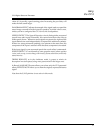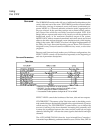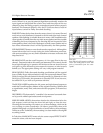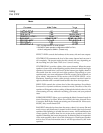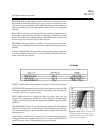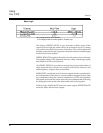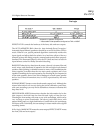
40
Using
the CP-3
Lexicon
essed stereo signal.
Note that the S/N Optimizer is not active in this mode.
The Reverberation mode differs from Ambience in that it does not simulate
the early reflections of specific halls, but emphasizes rich, smooth reverber-
ant decay in small, medium or large spaces. It works well for simulating a
space with a long reverberation time relative to its size, such as a reverberant
chamber, or a church. For systems without side speakers, Reverb also
incorporates a version of Panorama that will spread the stereo image and
add the reflections it generates to the expanded sound stage.
EFFECT LEVEL adjusts the loudness of the side and rear speakers. When
Reverb
there are no side speakers, it adjusts the amount of ambient signal mixed
into the main loudspeakers. This control should be set as high as possible
without making the extra speakers individually audible.
MID RT (Midrange Reverberation Time) is the time required for midrange
sounds to decay 60 dB in level. Your choice of small, medium or large
synthesized space determines both the initial value and the available range
of MID RT.
BASS RT, the low-frequency reverb time, depends on the MID RT and is
expressed as a multiplier. BASS RT is equal to MID RT in SMALL (mode 7),
while in the LARGE version of the mode it is 25% higher (as is the case in
most actual halls with acceptably warm subjective frequency balance).
ROOM SIZE changes the size of the room by increasing or decreasing the
effective length of the hall (expressed in meters).
PRE-DELAY increases the delay between the direct sound and the onset of
reverberation. Some pre-delay is inherent in the programs, and the preset
* 0 if configured with no side speakers (Presets only)
Reverb Parameters



